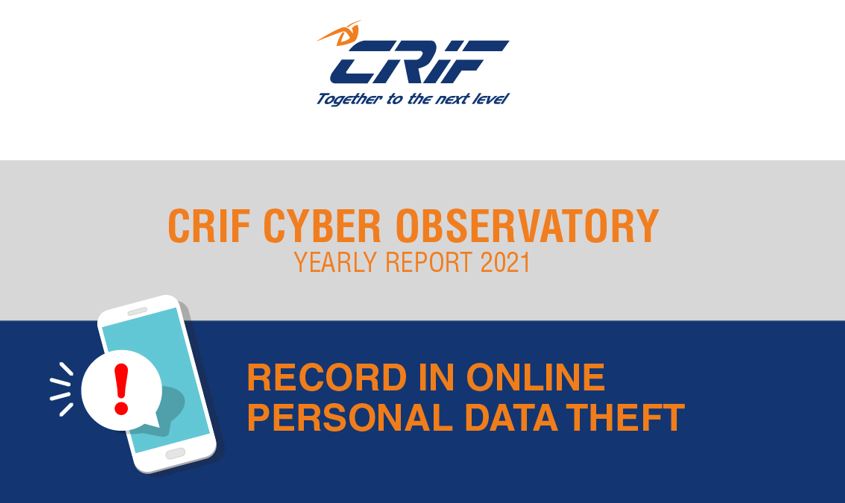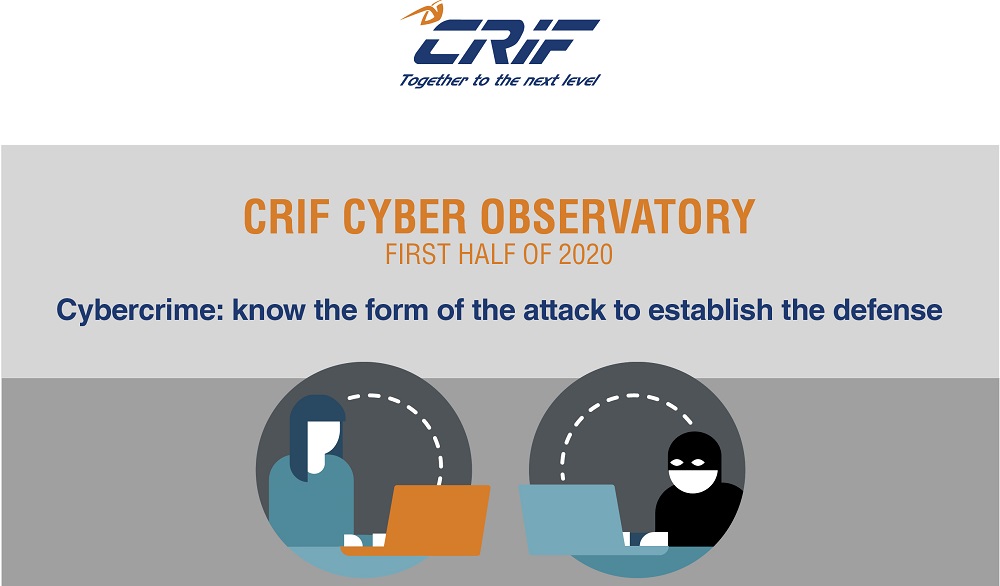The correlation between the global spread of COVID-19, cyberattacks and the amount of compromised data leaked on the dark web
2021-05-18
The COVID-19 pandemic, and the consequent lockdown orders put in place by numerous countries to reduce the spread of the virus, have forced businesses, governmental organisations, and private individuals to quickly shift the way they conduct daily activities. While technology has greatly aided during the COVID-19 pandemic, allowing people to stay connected, conduct business and access entertainment online, it has also brought a set of new challenges, in addition to exacerbating pre-existing ones. Since the beginning of the pandemic, the number of cyberattacks worldwide has increased significantly, leading experts to define the current situation as a ‘cyberpandemic’.
What is causing the rise in cyberattacks?
Cybercriminals have taken advantage of the uncertainty and general disorganisation caused by the COVID-19 pandemic from its start in January 2020, seeking to capitalise on the unprecedented situation for financial gain. According to experts, the number of cyber threats have reached an all-time high in 2020, by exploiting the societal vulnerability and fear caused by COVID-19. It is reported that in March 2020 alone, online scams increased by 400%, and that during the first wave of the pandemic, in April 2020, Google blocked over 18 million malware and phishing scams concerning COVID-19 per day.
Digital dependency increased, during COVID-19
The introduction of lockdown and curfews has led to an increased dependency on technology among people around the world. In many countries, students were required to access digital education platforms, employees had to adapt to the work from home environment, and healthcare providers increased their digital presence, in order to deliver services remotely. These shifts, while fundamental for everyday life, have also greatly widened the pool of potential targets, and created new opportunities for cyberattacks. In particular, the shift to a work from home dynamic has forced businesses to make rapid adjustments, often leaving no time to focus, and to train employees, on cybersecurity. This has allowed cybercriminals to exploit the gaps, and the general lack of knowledge on cybersecurity, with attacks targeting governmental organisations, businesses, healthcare providers and financial services. The threats in question ranged from ransomware attacks, which have spiked since the onset of the pandemic, phishing campaigns playing on the fear and need for information caused by COVID-19, and data breaches. According to experts, 2020 has been the worst year so far for the total number of compromised personal data, with over 36 billion records exposed by the end of September 2020. The healthcare industry alone, witnessed a 58% increase in confirmed data breaches throughout 2020.
Cyberattacks appear to follow the spread of the virus
The ‘cyberpandemic’ phenomenon appears to have affected all countries hit by COVID-19, although at different stages of the pandemic’s timeline. In fact, it appears that the surge in cyber threats closely followed the spread of the virus, affecting different countries at different times, starting with East Asia, the first region to be affected by COVID-19 and the first to witness an increase in the number of cyberattacks. For instance, it is reported that the cyberattacks directed at the Republic of Korea spiked, compared to the global average, when the country was first hit by COVID-19 early in 2020. Following the arrival of COVID-19 in Europe, European countries experienced a higher number of cyber threats, which appeared to peak when countries entered lockdown stages. In particular, when stay-at-home orders were issued, home-working attacks increased significantly, affecting first Italian workers, as Italy was the first European country to enter lockdown. Similarly, when the UK entered its first lockdown shortly after, the attacks directed at home workers increased from 12% of malicious email traffic, to 60% in a month and a half.
2021 predictions
Experts suspect that the spike in malicious cyber activity witnessed during 2020 might outlast the COVID-19 pandemic and continue to present new challenges to cybersecurity in the following years. Predictions for the remaining months of 2021 suggest that attacks on employees will continue as they work from home, ransomware will maintain its steady upwards trend, mobile devices and Internet of Thing will suffer high-profile breaches, and breaches targeting cloud services will increase. These cyber threats are set to occur during a time when the budget for cybersecurity is predicted to suffer considerable cuts.
Reference List
https://www.govtech.com/blogs/lohrmann-on-cybersecurity/how-is-covid-19-creating-data-breaches.html
https://www.bizjournals.com/cincinnati/news/2020/06/01/cyberattacks-on-the-rise-during-covid-19.html
https://www.computerweekly.com/news/252486489/No-let-up-in-cyber-attacks-as-lockdown-eases
https://www.intelligentciso.com/2020/09/10/what-impact-has-covd-19-had-on-the-data-breach-landscape/
https://www.pandasecurity.com/en/mediacenter/news/covid-cybersecurity-statistics/#country
https://www.consultancy.uk/news/26132/remote-working-leads-to-increases-in-cyber-attacks
https://www2.deloitte.com/ch/en/pages/risk/articles/impact-covid-cybersecurity.html
https://www.techrepublic.com/article/covid-19-lockdowns-are-causing-a-huge-spike-in-data-breaches/
Related news

CRIF Cyber Observatory - 2021 Yearly Report
2022-05-10CRIF Cyber Observatory analyzes the vulnerability of people and companies to cyber-attacks both on open web and dark web. It In 2021 nearly 2 million of alerts were sent through CRIF services, with an increase by 48,7% vs 2020. Alerts were related to data both found on the open web and on the dark web, with an increase of the latter by 57,9%.
Read more
No stop to the theft of personal data on the web during the pandemic: in the first half of 2020, cases increased by 26.6% compared to 2019.
2020-11-22The users most at risk are men between the ages of 31 and 40. 73.2% of stolen accounts are linked to entertainment sites (online gaming and streaming), followed by financial services. Italy ranks 6th overall among the most affected countries.
Read moreContacts
Let's talk
Please fill in the form below (fields with * are mandatory) and we will respond to your request as soon as possible!